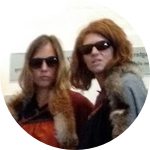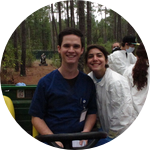About This Project
We study how communities of insects and bacteria inhabiting human cadavers change through time. This pattern of change, or succession, is orderly and predictable and can be used to estimate the time since death (TSD) at a crime scene. We predict that local aspects of the environment, such as rainfall or enclosure, can influence interactions between insects and bacteria. By understanding these aspects, we can better predict how insects and bacteria will be affected and better estimate the TSD.
Ask the Scientists
Join The DiscussionWhat is the context of this research?
As a corpse decomposes, barring unusual conditions, it progresses through a series of changes that result in the loss of much of its wet biomass until only the dry skeleton remains. Although continuous, in most instances these changes can be assessed visually. However, slight alteration of ecosystem components can drastically change the outcome of the process of decomposition. For example, lack of water may cause mummification, a process antagonistic to decomposition. Our long term goal is to understand decomposition as a product of ecological interactions. Our expectation is that through a better understanding of the biology of decomposition, established forensic analysis tools may be further refined.
What is the significance of this project?
The data that we collect will help refine models that we already use to estimate the time since death. Since human decomposition involves biological ecosystems, models constructed to estimate the time since death are only as strong as the data used to generate them. Therefore, careful studies of indoor decomposition, as well as outdoor decomposition, are needed to construct reliable models. By generating detailed studies with very large data sets, we can strengthen the models used to estimate the time since death, and these models can be applied in criminal investigations where insects and bacteria are common, such as murders.
What are the goals of the project?
Three hypotheses will be tested:
1) Decomposition varies as result of successive changes in bacterial species guilds (i.e., complexes of species in an ecosystem that exploit the same resources) inhabiting the cadaver. These bacteria will be affected by enclosure of habitat.
2) Decomposition varies as result of successive changes in insect species guilds inhabiting the cadaver. These insects will be affected by enclosure of habitat.
3) Models based on patterns of insect and bacteria succession can be used to predict stages of decomposition when the tempo and mode of decomposition is altered by abiotic factors.
Budget
Insect and bacteria populations during human decomposition within a house-like enclosure will be tested for two seasons, winter and summer, for 3 years. Two sheds will be erected within the human decomposition study facility. The sheds will be fitted each with two windows, insulation, and an inner wall (primed & painted with enamel). The floor will be fitted with a plastic liner and removable carpet. During each season, insect and bacteria populations will be continuously sampled* under 2 experimental variables: climate control and lack of climate control. During the summer, one shed will be cooled (to 23 C) with an air-conditioner (window) and one will be unaltered. During the winter, one shed will be heated (to 23 C) with a small space heater (floor) and one will be unaltered. For each trial, 3 bodies will be placed in each shed and a third set of cadavers will be placed outside to serve as a control. *Supervised teams of students will collect every 4 hours during decomposition.
Endorsed by
Meet the Team
Team Bio
A cadaver is far from dead when viewed as an ecosystem for living bacteria, insects, and fungi, many of which are obligate and documented only in such a context. We view decomposition as a mosaic system; an intimate association between biotic factors (i.e., the cadaver, intrinsic and extrinsic bacteria and other microbes, and insects) and abiotic factors (i.e., weather, climate, and humidity). Our goal is to understand this interaction in an effort to better help develop models for forensics.
Sibyl Rae Bucheli
As a researcher of entomology, I am particularly interested in systematics of our disappearing planetary biodiversity -- those invertebrate lineages which are numerically the greatest yet remain the least well-understood to science. Systematic studies naturally lend themselves to studies of behavioral and ecological evolution, and are, I believe, the very backbone necessary for such work. My research is multidimensional but united in the commonality of the study of basic biodiversity and evolutionary research. In particular, I am fascinated by the evolution of insect-food preference.
I committed to teaching the scientific method and demonstrating to my students the power they posses through understanding and employing it. In our rapidly changing world, I believe that it is crucial for students to be immersed in nature to gain an appreciation for it. I think that studies of entomology are vital in an undergraduate curriculum because of the profound influence insects have in our daily lives. I feel that the best way for me to teach entomology is to show students that they are a part of nature, not separated from it. I take my students outside for field trips as often as I can. I think entomology is an excellent way to teach students about nature. Insects are ubiquitous. They exhibit behaviors as complicated as a mammal’s. They are present at all times of the year, one just needs to know where to find them. In a half hour tour of my favorite places on campus, we encounter all varieties of insect life, conducting business as though they were in the middle of an untouched forest, from leaf-cutter bees nesting in the ground next to the library to whirly-gig beetles hunting on the surface of a pond. To be a good teacher, I believe I must be willing to learn along with my students. Nature is dynamic and is as much a learning experience for me as it is for my class. I am as excited as my students when we discover something new; perhaps sometimes more so.
Aaron Lynne
I'm a microbiologist by training and am fascinated by bacteria. Currently, my primary area of research is how bacteria can be useful in forensic science. Working with numerous collaborators, we have begun investigating the bacteria associated with stages of human decomposition to determine if these microorganisms can be useful in determining the post-mortem interval.
Historically, my research has focused on understanding the distribution of enteric pathogens (mainly E. coli and Salmonella) and their virulence and antimicrobial resistance factors. I am primarily interested in plasmid mediated antimicrobial resistance and virulence of these bacteria. Areas of interest include characterization of resistance phenotypes and genotypes in Salmonella isolates from human and animal sources, sequencing large plasmids to study their evolution, and determining the prevalence and distribution of these plasmids among Salmonella.
Just as my advisor exposed me to research and started me on my career, I feel it is my job to train the next generation of biologists and believe the best way to learn about biology is to actually do biology. I integrate undergraduate and graduate students into all aspects of my research projects, from data collection to publication. Students typically attend national meetings, give oral and poster presentations, author publications in peer-reviewed journals, co-author book chapters, and participate in local and branch societies. I am always very proud of all my students when the graduate and either continue their education or enter the workforce as a young biologist.
James R. Willett
I am an undergraduate student at SHSU, and currently pursuing a degree in biology with a minor in criminal justice. I have been doing research with Dr. Bucheli and Dr. Lynne for about 5 years
As far back as I can remember, I always wanted to be a scientist, but I became interested in this research when I first met Dr. Bucheli and her graduate students during my freshman year. There I learned more about the important role insects play in forensic investigations, and became especially interested in coffin flies (Diptera: Phoridae).
My favorite thing about this project is that it will allow us to test how the microecosystem of decomposition is affected by enclosure, and what, if any, differences exist between enclosed and exposed dipteran succession. My future goals are to continue researching different forensically significant flies, and to further our understanding of the part that the smaller, often overlooked fly species have on human decomposition.
Jacquelyn Vasquez
I am an undergraduate student at SHSU. I have been doing research with Dr. Bucheli and Dr. Lynne for two years. My majors are Forensic Chemistry and Criminal Justice with a minor in Biology. I became interested in this research when I was taking a forensic anthropology class at STAFS. After going out to the facility a few times, I began to develop an interest in how microbiology and entomology were being used to find an estimated time of death. My favorite thing about this project is collecting the data at the facility. I also enjoy working with the data once it is sequenced. My future goals are to work as a forensic microbiologist for either the FBI or CIA. I like being a part of a team and working with different individuals in a research setting. This will further my growth in the research field and I will be able to apply the knowledge I have gained in the work field.
Additional Information
Habitat
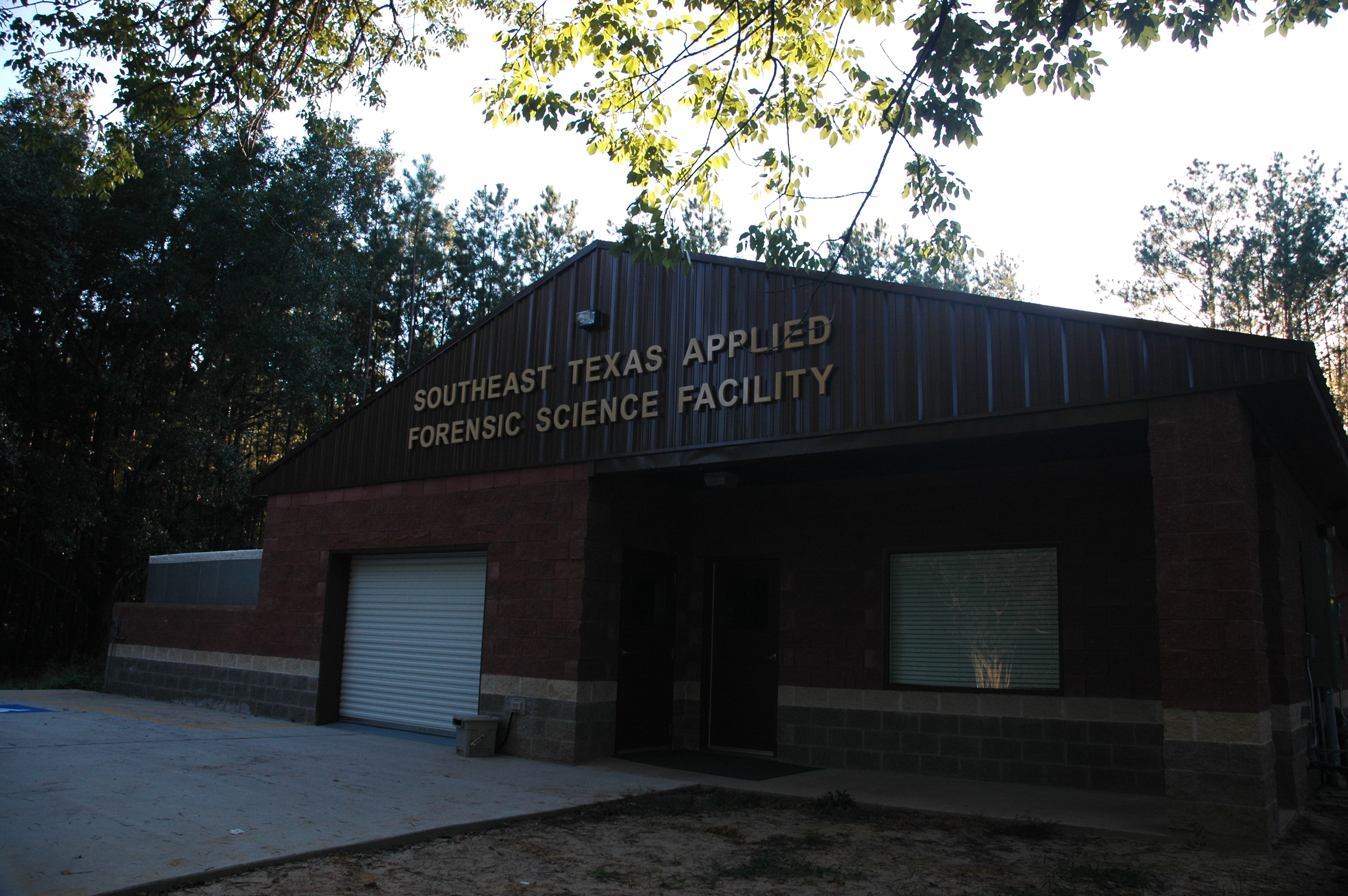 STAFS is a willed-body donation facility. We extend our appreciation to the donors and their families; without them this research would not be possible.
STAFS is a willed-body donation facility. We extend our appreciation to the donors and their families; without them this research would not be possible.
The strength of this proposal lies in its ability to test human cadavers decomposing under experimental conditions rather than using animal models as surrogates. This research will use cadavers donated to the Southeast Texas Applied Forensic Science (STAFS) Facility at the Center for Biological Field Studies (CBFS) at Sam Houston State University (SHSU). STAFS is a state-of-the-art, morgue-like laboratory with an outdoor area designed for decomposition studies and forensic science training and is available for SHSU faculty use. The STAFS facility is a two-acre area fenced off area within the larger 247-acre CBFS facility and is located approximately 5 km north of Huntsville, Texas (Walker County) in the southeast Texas Pineywoods ecoregion, characterized by a humid and subtropical climate and a sparse forest covering of pine trees and a ground covering of herbaceous plants. The soil is fine, friable sand that is moderately to strongly acidic and is moderately well-drained with medium available water content and slow permeability and run-off. STAFS simulates decomposition under unaltered outdoor conditions including native abiotic and biotic influences.
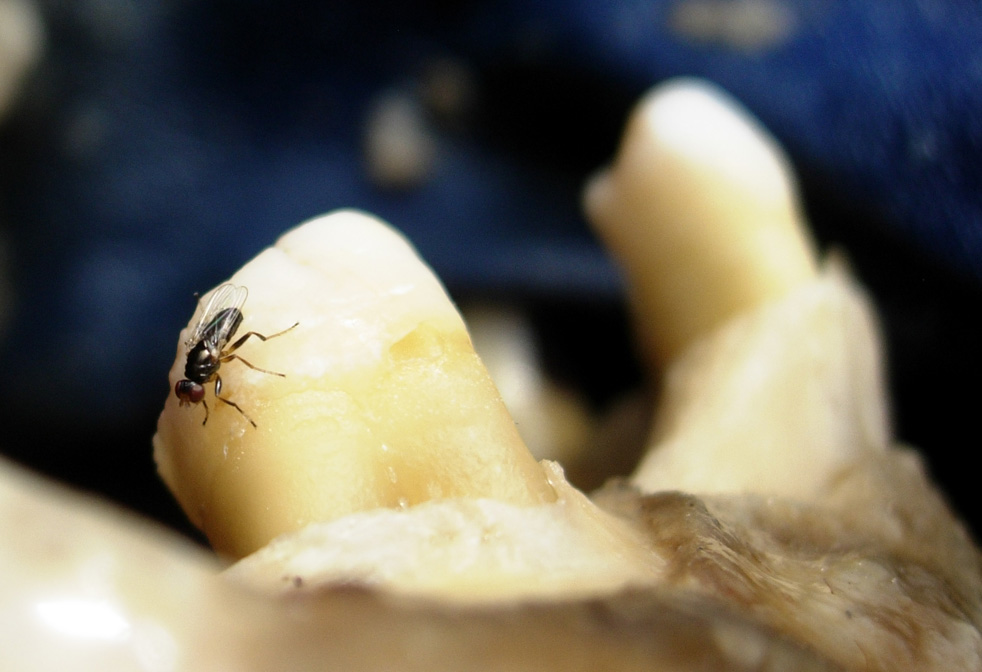 A fly in the family Piophilidae investigates the unique habitat.
A fly in the family Piophilidae investigates the unique habitat.
Sam Houston State University is a Research in Undergraduate Institution with a history of successful teacher-as-scholar pedagogy, especially in the Department of Biological Sciences. The university caters to the local demographic and has a primarily first generation and minority undergraduate student body. Currently 16.3% of undergraduate and graduate students are African-American and 15.6% are Hispanic, while the majority of students are first generation (50%), female (58.0%), low income (80%). This research will incorporate undergraduate and graduate students from Sam Houston State University on all aspects of the research process from data collection to publication. PIs Lynne and Bucheli have a track record of undergraduate and graduate student training with the inclusion of NSF-defined minority students. At Sam Houston State University in the Department of Biological Sciences, undergraduate and graduate students typically attend national meetings, give oral and poster presentations, author publications in peer-reviewed journals, co-author book chapters, and participate in local and branch societies. Undergraduate and masters students have already been incorporated into all aspects of the preliminary research for this project and will continue to be an integral part of it.
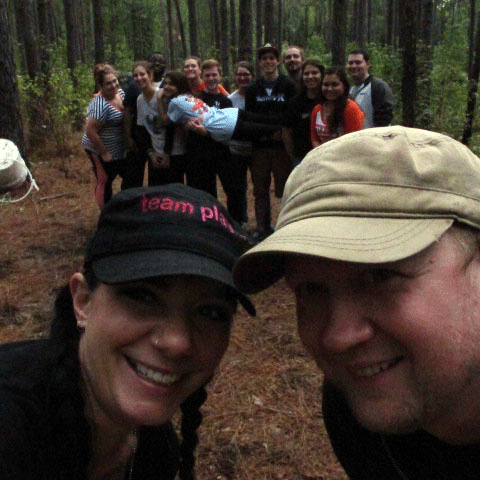
PIs Dr. Sibyl Bucheli and Dr. Aaron Lynne with our invaluable team of student reachers (left to right): Lauren Smith, Keli Kig, Raymond Berry, Kristyn Olsen, Dalton Plummer, Heather Deel, Blake Munoz, Cullen Lyles, Christine Woelfel-Monsivais, Laura Paez, Aaron Winton; (center): Jacquelyn Vasquez.
Project Backers
- 90Backers
- 102%Funded
- $3,040Total Donations
- $31.00Average Donation
